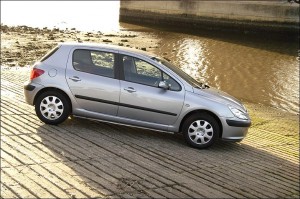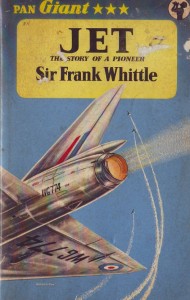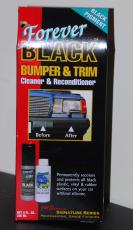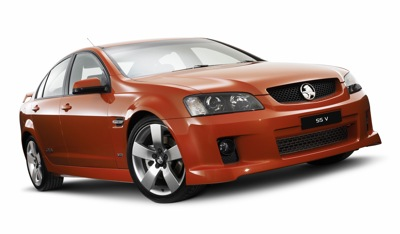The Underwhelming Mercedes
While I don’t write new car tests any more, whenever I am interstate and have the opportunity to hire a car, I drive it with rather more than usual interest.
So the Camry Hybrid (by now the previous model) was a great disappointment (surely a 10 year old Prius is better in every real-world respect?); and a Hyundai i45 was scarcely any better (what happened to the great Hyundai promise exemplified by the i30?).
And what about the BlueEFFICIENCY C200 Mercedes?
Perhaps I am getting old, with all the implications in both perspective and experience, but I thought the car had a direction that was at times bizarrely stupid.
I have to start with the tyres. Here is a small – not compact, small – car that has simply enormously wide, low profile tyres. Is that good? Nope – not in 99.9 per cent of road driving conditions… in this country, anyway.
So what was the tyre size?
Try 225/40 on 18 inch rims – and that’s crap for ride, crap for fuel economy… and oh yes, great for absolute grip. Just what you need on lousy roads and in a country with heavily-policed, low speed limits – not!
So what’s this BlueEFFICIENCY tag? A hybrid electric/diesel maybe?
Er, no.
It’s a turbocharged 1.8 litre with heaps of torque down low (270Nm at 1800 – 4600 rpm – excellent) and a reasonable amount of power at 135kW. And all connected to a 7 speed auto trans – one that has such terrible gear-changing logic that a five-year-old Honda craps all over it from a great height.
Reads well on the spec sheet; performs poorly on the road.
But what about fuel economy?
Rubbish.
Absymal.
Ten years out of date.
On my gentle country drives, I got between 7 and 8 litres/100km. And that’s just what the official government test specs say I should be getting. But isn’t that good? Nope, not if you’re driven anything with similar room that’s powered by a diesel, or by a hybrid.
Or, and this is where it gets ridiculous, even a 20 year-old small/medium car.
Cos the Mercedes had just Godawful interior space. I banged my head against the roof rail above the door several times (there wasn’t room to turn to look around) and at all times I felt myself to be in this little, squashed car.
More room in a 1980s Holden Camira? I’d think so.
More room in a 1960s Austin 1800? Without a doubt, vastly more so.
And then we go from the sublime to the ridiculous. This squashed little car weighs-in at 1470kg. Yep, just under 1.5 tonnes. No wonder the fuel economy is nothing to write home about…
Good aspects? Build quality, the sound system and….hmmm, I’d imagine safety. And I loved the self-tightening seatbelts.
More bad points? Yep, can think of lots of those – the steering vague around centre, the hard seats, the rebound damping that was so overdone it’s ridiculous, the lack of space… oh did I mention that last one already?
At AUD$65,000, why would you bother?

 Julian Edgar, 50, has been writing about car modification and automotive technology for nearly 25 years. He has owned cars with two, three, four, five, six and eight cylinders; single turbo, twin turbo, supercharged, diesel and hybrid electric drivelines. He lists his transport interests as turbocharging, aerodynamics, suspension design and human-powered vehicles.
Julian Edgar, 50, has been writing about car modification and automotive technology for nearly 25 years. He has owned cars with two, three, four, five, six and eight cylinders; single turbo, twin turbo, supercharged, diesel and hybrid electric drivelines. He lists his transport interests as turbocharging, aerodynamics, suspension design and human-powered vehicles.




